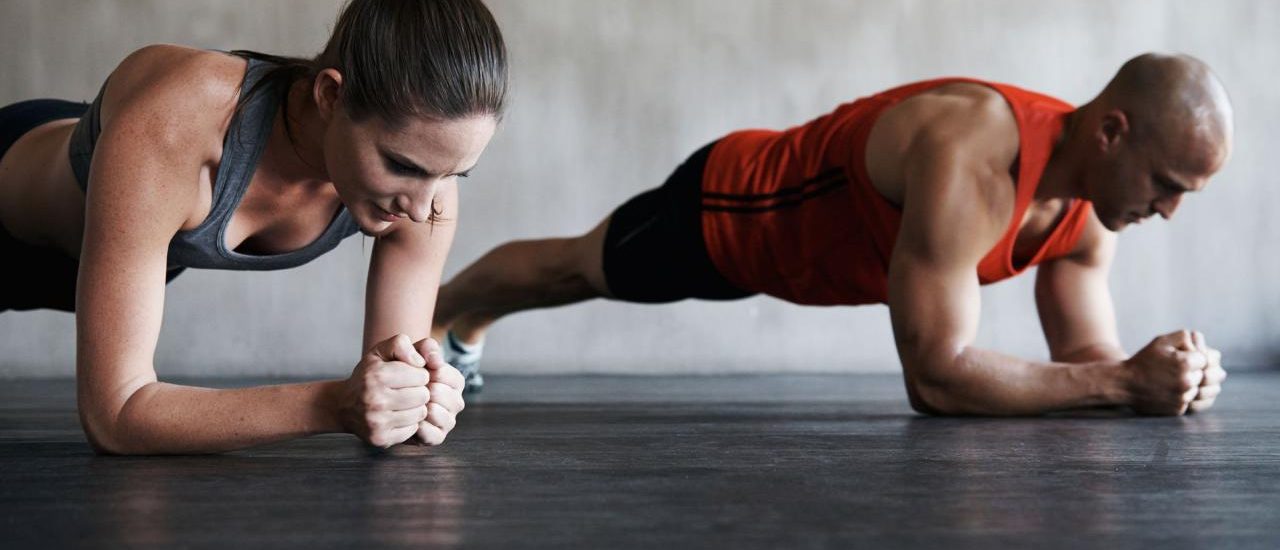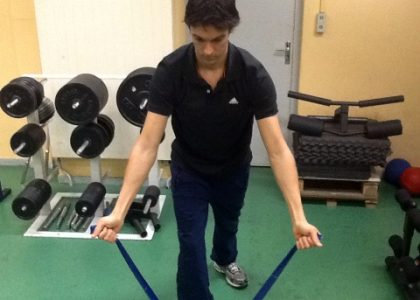Determination of functional suitability, functional suitability advantages and disadvantages, and three functional suitability schemes.
What is functional fitness?
Functional fitness is a training method invented over 15 years ago by Californian Greg Glassman, the principle of which is based on a sequential sequence of various functional exercises, with high intensity and without time previously determined rest.
These sequences include various exercises from several disciplines (gymnastics, weightlifting, athletics …), combining work with weights and additional loads (pull-ups, pumps, sprint, jumping, kettlebell exercises, medicine ball, deadlift).
The original goal of this method was to prepare the body for the situations of daily life that change depending on our professional activities, through the implementation of functional and multi-joint movements.
This discipline has been practiced by firefighters, the military, and some of the top athletes around the world for years when movie 300 came to the fore. screen version of Frank Miller’s graphic novel.
Indeed, the physical trainer of the actors in the film, Mark Twight, developed a “Fitness” type of functional circuit called the “300 Workout Program”, an extremely complex circuit that some of the actors were able to achieve after that. »Eight-week physical training. Actor Andrew Plavin has the best time on this track – 18 minutes and 11 seconds.
This training method is currently very popular with physical trainers and very popular with MMA (Mixed Martial Arts) practitioners, many physical trainers are currently developing this training method due to their ingenuity.

Workout of the Day?
Workout of the day is one of the important concepts of functional fitness; on sites dedicated to this discipline, you will find endless variety of exercise sequences, as each practitioner can offer their own routines, free for you to inspire you and create your own schemes, according to your goals or your feelings.
Functionality Benefits
Functional fitness is surprisingly effective in terms of overall fitness, combining cardiovascular and muscular work, sessions are endlessly varied and extremely stimulating.
The training sessions are relatively short, effective, varied, adaptable to individual levels, achievable in groups or alone, requiring only relatively simple equipment.
The physiological qualities that these chains allow to develop are numerous: endurance, resistance, strength, flexibility, strength, speed, coordination, agility, balance and accuracy.
In the United States, functional fitness has completely evolved into a state of mind where self-improvement and friendliness have become the leitmotifs of this community.
The competition, Functional Fitness Games, is organized every year, bringing together several hundred spectators and competitors in an atmosphere of respect, humility and healthy emulation.
Disadvantages of functional suitability
As I said, functional fitness captures specific movements across multiple disciplines, especially weightlifting. These movements can be dangerous if not performed correctly and require prior study before they can be integrated into a fitness-type functional circuit.
Some criticism of functional fitness also contradicts the concept of specificity, which tells us that if we try to succeed at everything, we are likely to reach a very high level at nothing.
This type of workout will not make you a bodybuilder or weightlifting champion, but it may interest those looking to get an athletic physique.
Examples of Functional Fitness Schemes
Functional diagram of fitness “Program of 300 workouts”
Chelsea Functional Fitness Scheme
- 5 pullups
- 10 wide suction pumps
- 15 Free Squats (Body Weight)
- As soon as you fail to start a round in less than a minute, the workout of the day ends.
Perform 20 to 30 minutes.
“Fight Gone Bad” Functional Fitness Scheme
This scheme is used in competitions.
- A 9 kg medicine ball is thrown against a 3 m high wall (maximum reps per minute)
- Bar prints at 35kg position in chin sumo (max reps in 1 minute)
- Jumping on a bench with a height of 60 cm (maximum reps per minute)
- Military standing barbell, 35 kg (max reps per minute)
- Rower (max calories in 1 minute)






